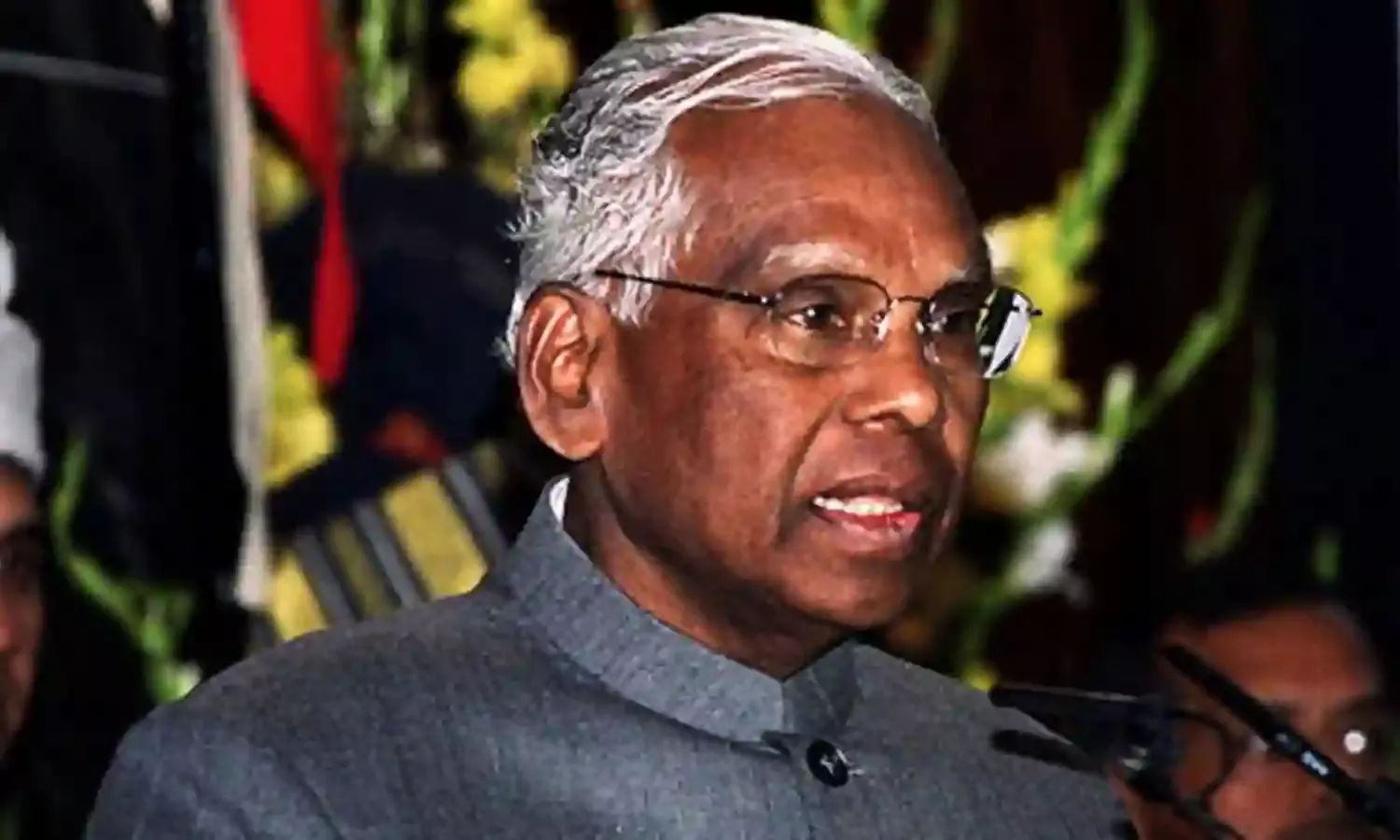A Tribute to President Narayanan
Remembering Kocheril Raman Narayanan (1921-2005)

On November 9 fell the fourteenth death anniversary of K.R.Narayanan, who was Vice-Chancellor of the Jawaharlal Nehru University and rose to become President of India, serving the nation in that capacity from 1997 to 2002.
Coincidentally, on the same day the Supreme Court delivered its verdict on the title suit concerning the Babri Masjid. As Vice-President of India, Narayanan had while presiding over the Rajya Sabha described the demolition of the Babri Masjid and the concomitant violence across the nation as the worst tragedy faced by India since the assassination of Mahatma Gandhi.
Rising from a humble background, Narayanan was well known for his academic credentials, scholarly outlook, liberal worldview and his commitment to republican and constitutional values. In numerous high offices he left behind a rich legacy of service and exemplary leadership.
With JNU being vilified by the present regime, it is worthwhile to recall his words after completing his tenure as President of India. Narayanan famously stated in an interview with a Malayalam daily that he had learnt the art of leadership on the JNU campus during his tenure as its Vice-Chancellor.
A student of the London School of Economics, he was taught by Karl Popper and Harold Laski. In a letter to Prime Minister Jawaharlal Nehru, Laski described Narayanan as a man with wide social sympathy. It is remarkable that the same man was President of India when we celebrated the golden jubilee of Independence, the Constitution and the Republic.
The President takes oath to preserve, protect and defend the Constitution. The way Narayanan defended our Constitution and its secular essence provides an unparalleled example for others to follow.
When the first NDA Government led by Atal Bihari Vajpayee contemplated reviewing the Constitution, President Narayanan in his speech on the occasion of the golden jubilee of our Republic very searchingly asked, “Let us examine if the Constitution has failed us, or we have failed the Constitution.”
It was because of that sharp interrogation by the head of the republic that the government instead of reviewing the Constitution decided to review its working.
A few years later, when some survivors of the Gujarat massacres that took place in 2002 visited Delhi, no one from the NDA government, including Prime Minister Vajpayee, was willing to meet them. Narayanan was the only state functionary who met them, describing the riots as “a crisis of our state and society”.
Narayanan’s life and work represented a triumph of human spirit over matter. As President he repeatedly cautioned that the ever rising counter-culture of communalism was exerting enormous pressure upon our Constitution, on secularism, and on our “civilisational values of tolerance and acceptance”.
Even as a young reporter for the Times of India back in 1945, Narayanan interviewed Mahatma Gandhi in Mumbai and asked him some very pertinent questions about the deprivation caused by hierarchical structures of violence, as manifested in castes and other primordial categories.
When he proposed that PM Vajpayee confer the Bharat Ratna on shehnai master Bismillah Khan, Vajpayee readily agreed, but recommended also that the President consider the name of RSS ideologue V.D.Savarkar for a posthumous Bharat Ratna. Narayanan sat over the proposal and Vajpayee later withdrew Savarkar’s name from consideration.
With promises being made by the BJP, through its election manifesto in the recently conducted election in Maharashtra, that it will confer the Bharat Ratna on Savarkar it should be mindful of the fact that an earlier President of India had already rejected the proposal, and Prime Minister Vajpayee had accepted that rejection.
The polarising atmosphere created and deepened in a calculated manner based on ‘Hindutva’, at the centre of which remains the construction of a temple on the ruins of the demolished Babri mosque, should remind us of the dangerous theory of a ‘clash of civilisations’ advocated by the late Samuel Huntington, who flagged perpetual conflicts based on the faultlines of religions and civilisations.
Hindutva forces want India to be the theatre of a clash of civilisations, in contrast to its enduring, living reality anchored on the coexistence of civilisations.
President Narayanan, representing a refreshing voice of sanity, refuted the clash of civilisations thesis in his Maulana Azad Memorial Lecture, and affirmed the confluence of civilisations. He said that civilisations never clash, it is barbarians who clash, and civilisations come together to form confluences of ideas, values and commonalities of creeds.
In our trying times marked by “the upsurge of a counter-revolution”, in Narayanan’s words, a confluential approach becomes imperative. The attempts being made to deepen the division and clashes pose a grave danger to the unity of Indians.
India needs another approach to shape her destiny and defeat the reactionary forces represented by Hindutva. On January 1, 2000 President Narayanan issued a New Year’s greeting card designed on his instructions. The inside cover carried a picture of Albert Einstein together with Jawaharlal Nehru, and a quotation from Nehru saying that in the future there would be an alliance of science and humanism, out of which a scientific humanism would emerge.
I had the good fortune of serving President Narayanan where I learnt his lessons for cultivating the mind and remaining sensitive to ideas. On this solemn occasion I pay homage to him, and pray that his enduring legacy for defending the Constitution and Secularism will inspire people to uphold and defend these twin pillars of our Republic. There is an upsurge of communal forces all around, posing a danger to this idea of India.
S.N.Sahu served as Officer on Special Duty and Press Secretary to President K.R.Narayanan.



